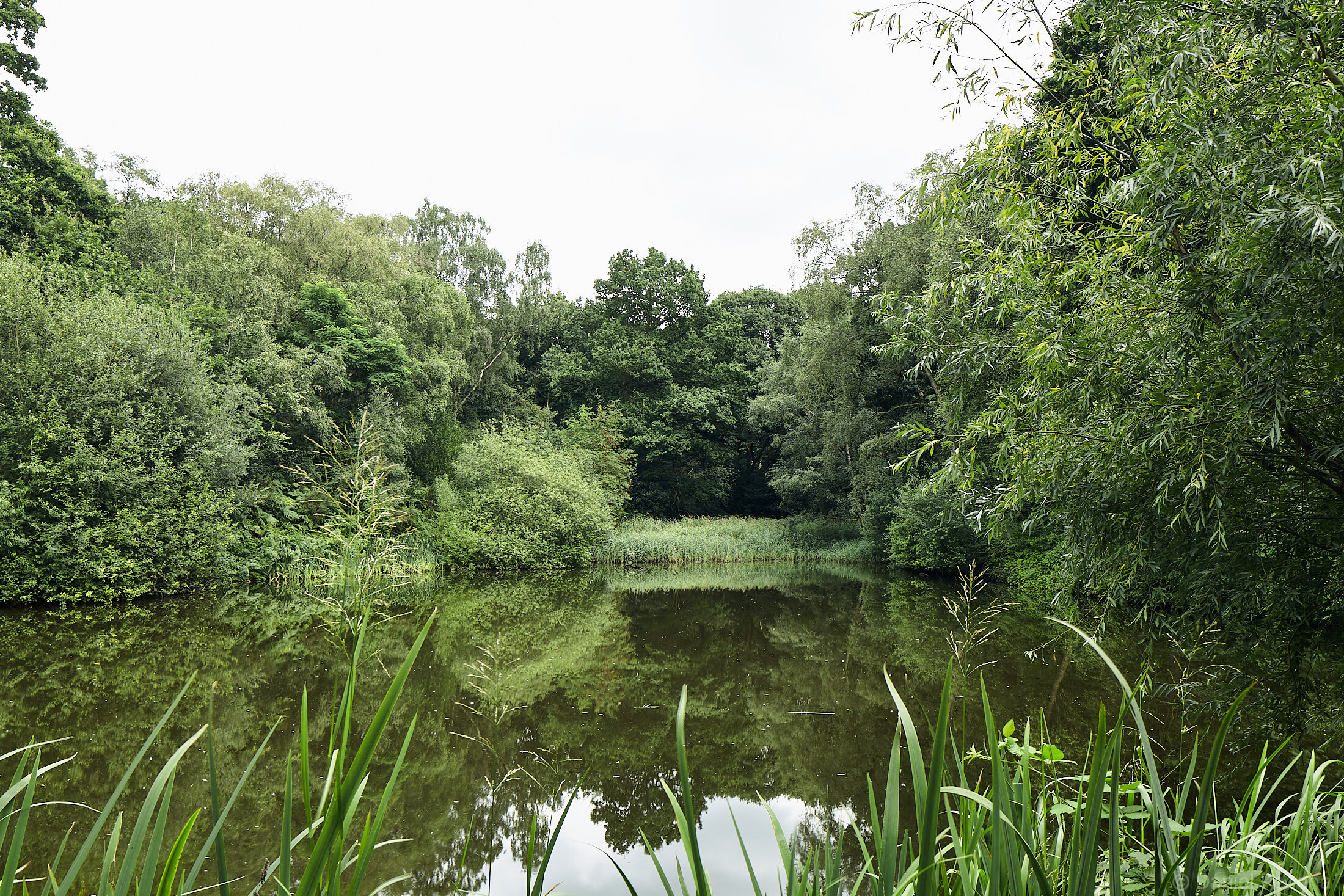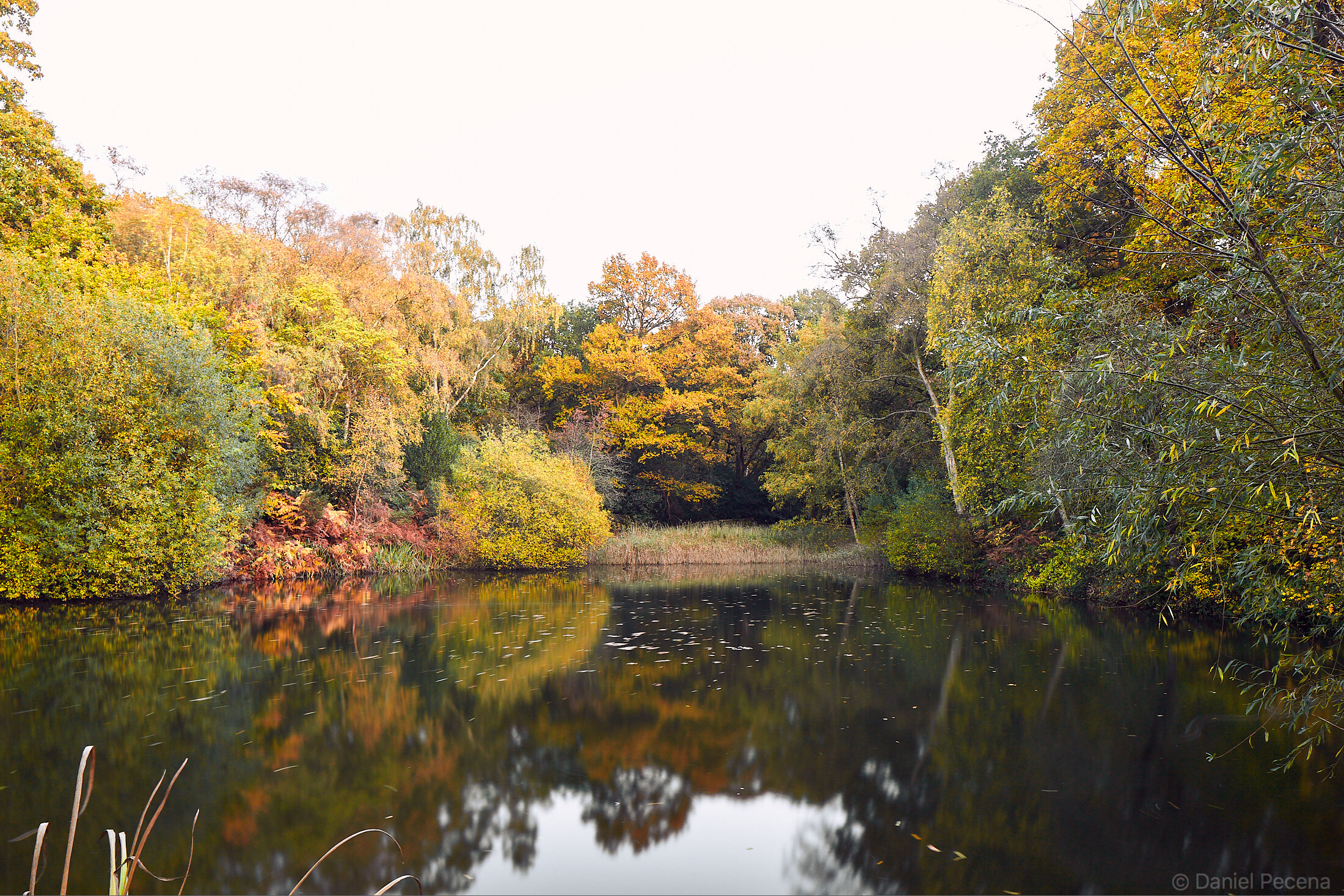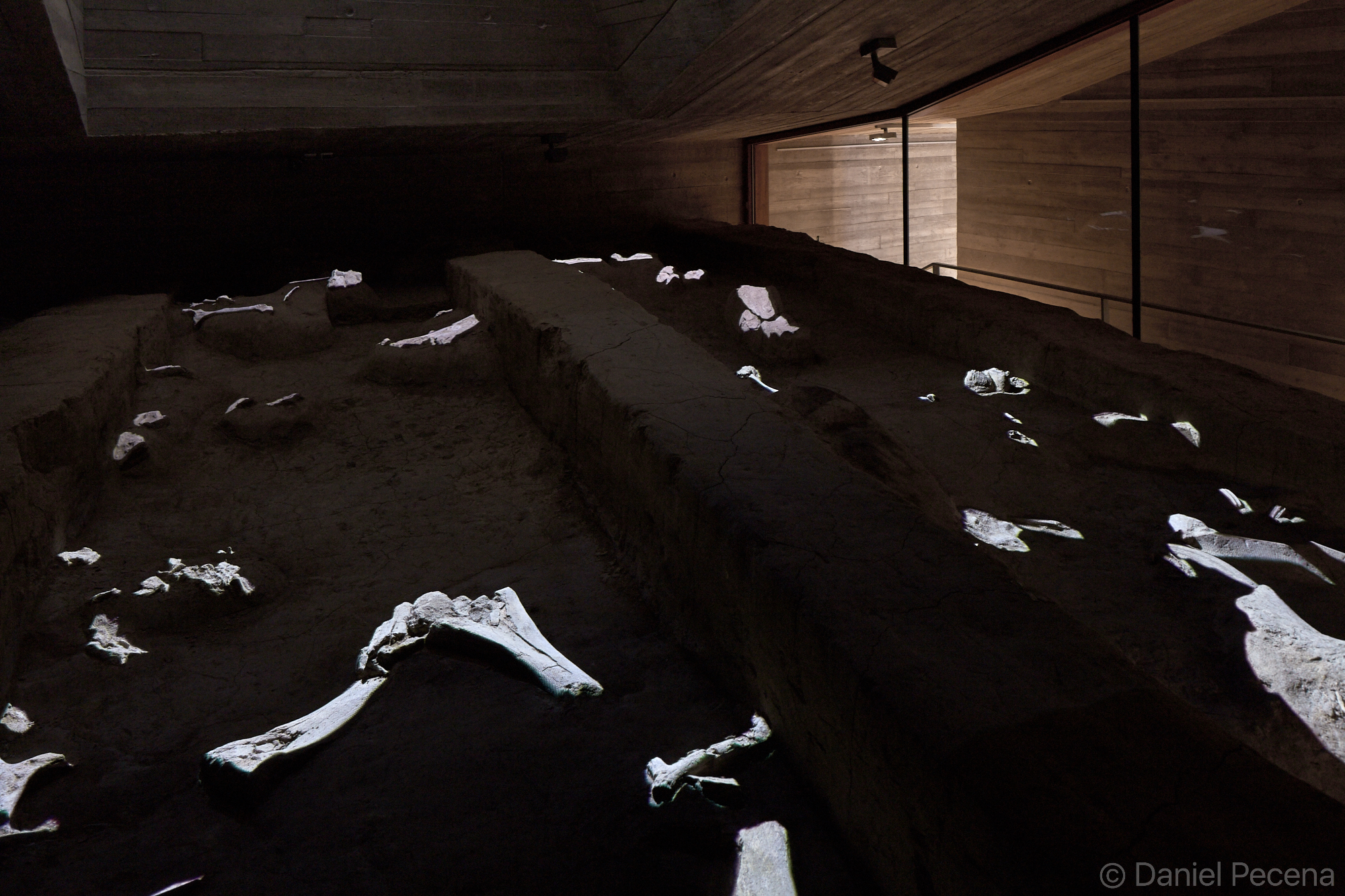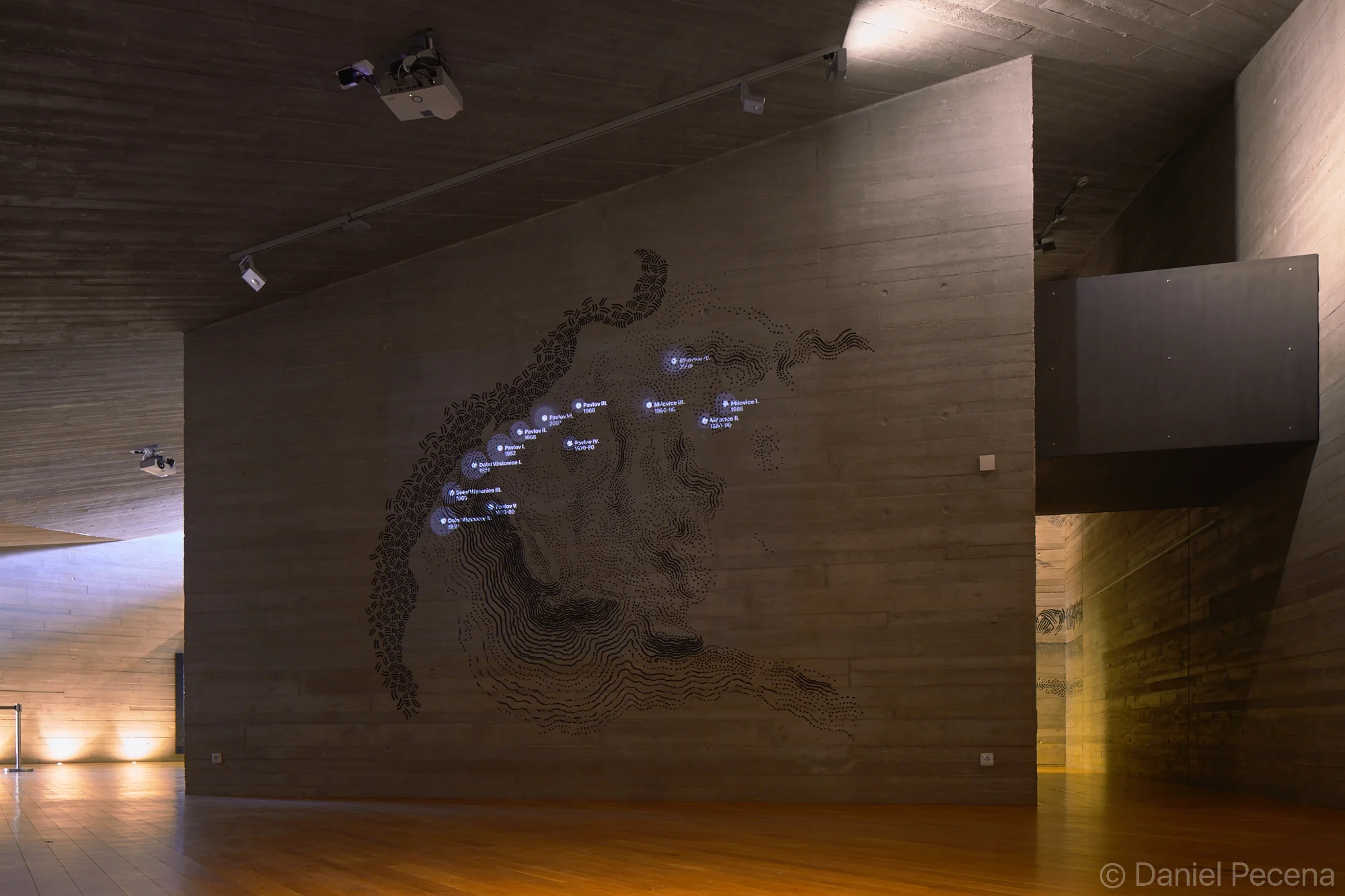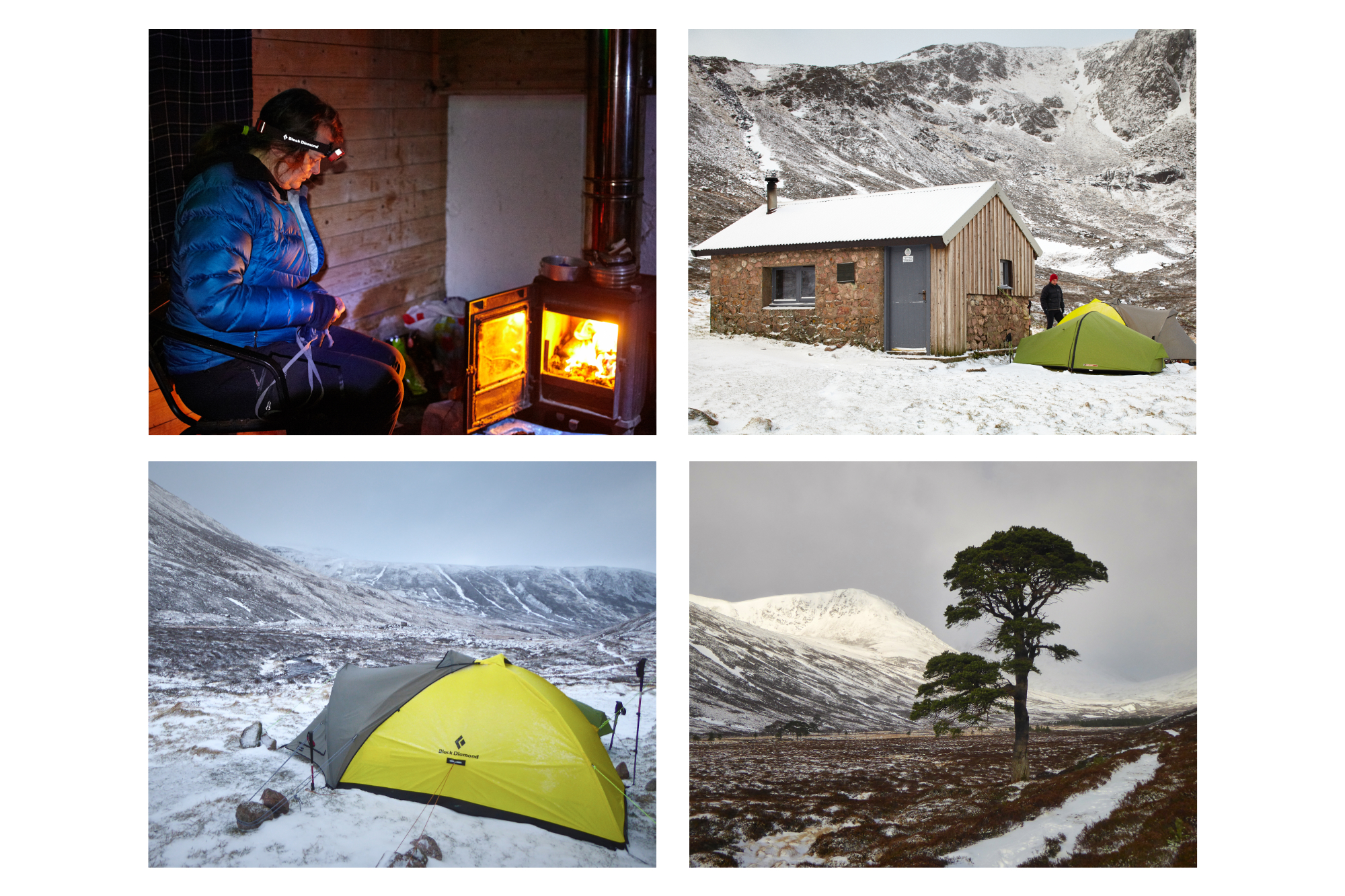Hampstead Heath is a woodland and grassland area located in north-west London. The Heath is covering 320 hectares and it takes approximately 3 hours to walk around its circumference. Within this large parkland is to be found 18 ponds. However, in this blog I focus on one pond, so small, that it is not included in the official count and does not have a name either.
Sandy Heath
The spring was slowly beginning in March and I first noticed it on the Heath when green blades of iris leaves started to shoot up near the pond (since March I visited this place many times and as I noticed a pair of ducks living here, I started to call it Two Ducks pond). This (Two Ducks) pond in Sandy Heath area is between Two Tree hill with its two 300 years old oaks and Constable pine which is the oldest pine tree on the whole Heath. As the name suggest the pine tree has already been here in the time when the famous landscape painter John Constable lived and worked in Hampstead in 1820’s. That was at the time when this part of Heath wasn’t woodland yet. An interesting fact also says that people who wanted to travel through this area had to pay toll at the Toll Gate House which is still standing next to Spaniard’s Inn pub and is now a listed building.
The underlying soil in this part of Heath is rich in Bagshot sand. This granular material was laid down in shallow coastal seas about 50 millions years ago and then slowly distributed by Bagshot river flowing from south-west England across Salisbury Plain to deposit thick river sands in London basin. The soil particularly suits growth of vegetation such as gorse, heather, birch and pine trees. Today there is a secondary woodland with great prevalence of oak, beech and hawthorn trees as well.
When Sir Thomas Maryon Wilson, the 8th baronet inherited most of the Heath from his deceased father (the 7th baronet) in 1821, he wanted to build on it but was frustrated by certain stipulations in his father’s will as well as local oppositions. His plans in building up estate with 28 villas was stopped by parliament that pronounced the project not in the public interest. The only materialized structure from his efforts on his land was the Viaduct built in 1840’s which is still standing in East Heath.
Instead of building on Sandy Heath he used the sand as a building material and was selling up to 30 carts a day to the Midland Railway for a new track out of London St Pancras. Due to the high iron content, the sand is not suitable for mortar making and therefore it was used only for railway or road building and later for filling in sandbags during two World Wars.
Sandy Heath - April full moon
Sandy Heath - May full moon and midnight runner
I have been returning to Sandy Heath, now full of trees, day and night since the beginning of spring. During the day this area has been busy with people enjoying sunshine, walking their dogs and experiencing outdoors. In April I spotted six new-born ducklings in nearby bigger pond, jaybird bathing in smaller ponds and other animals such as rabbits, foxes, frogs, bats and immense quantity of birds and insect. I also came to photograph the (Two Ducks) pond during the April and May full moons. There was no breeze but the forest wasn’t silent. All sort of animal noises complemented the long exposures and the play of light and shadows caused by moonlight getting through the trees was something poetic to behold. In the second half of May the yellow water irises at (Two Ducks) pond were finally in bloom. The act of opening their flowers to insect pollinators don’t last long. Several days in and it was over. During this blooming time however, the yellow water iris produces a lot of nectar. In fact, according to survey done by AgriLand project in 2011-2012, researchers from Bristol University identified that of all flowers, yellow water iris (Iris pseudacerus) has second greatest nectar production per micro-gram of sugar per day in the UK (the greatest nectar production per day is by Himalayan balsam (Impatiens glandulifera) which is a non-native species in the UK).
The summertime is slowly approaching and as always in summer months few of these small ponds around here will be covered by a thin film of green algae. The ducks and other wildfowl will be floating in water creating lines on the surface behind them. Life on this patch will go on, and hopefully undisturbed.
Sandy Heath - midnight illuminated
Sandy Heath - iris flower (iris pseudacorus) at midnight







